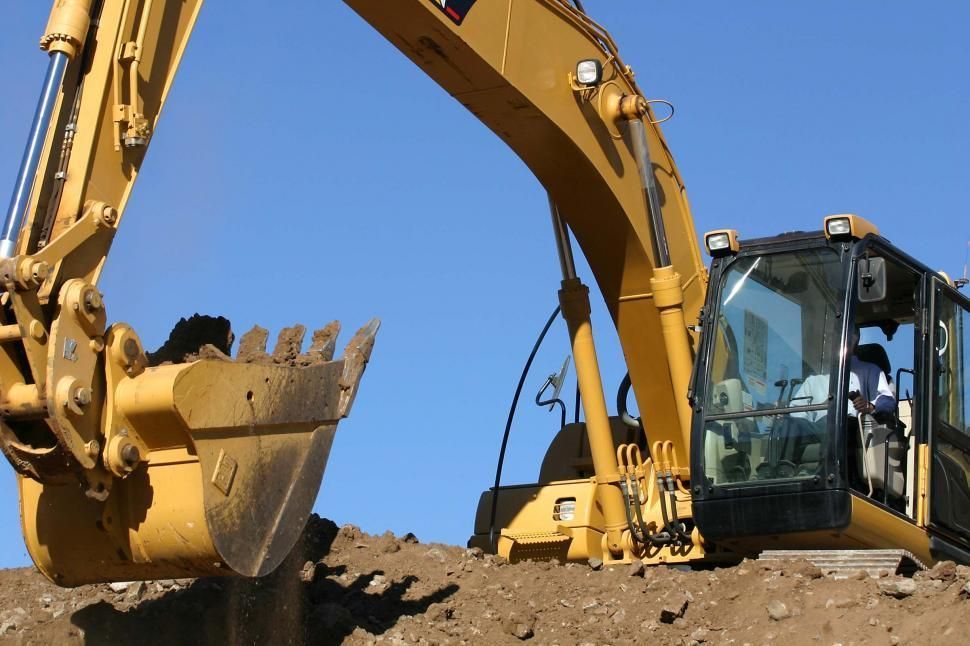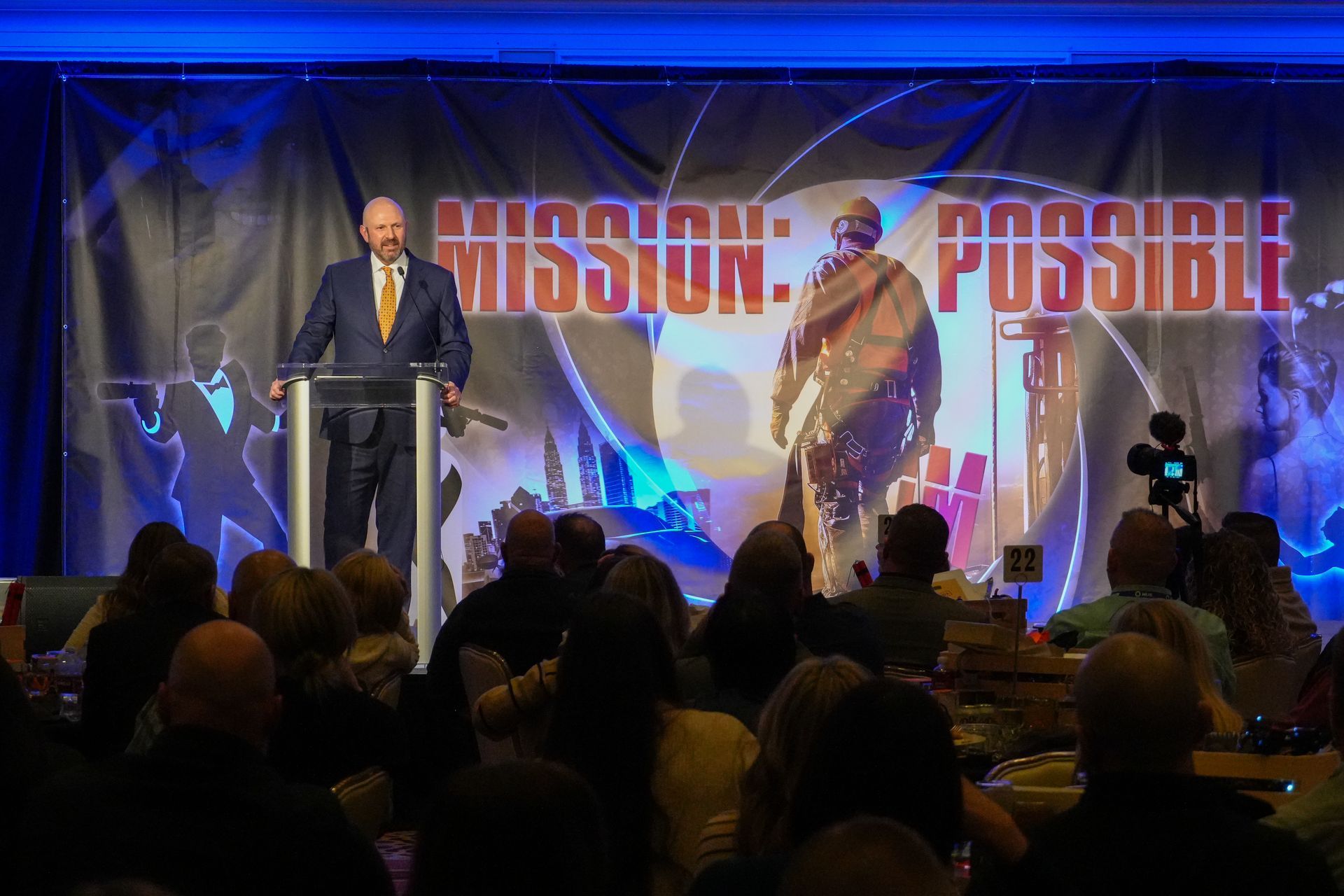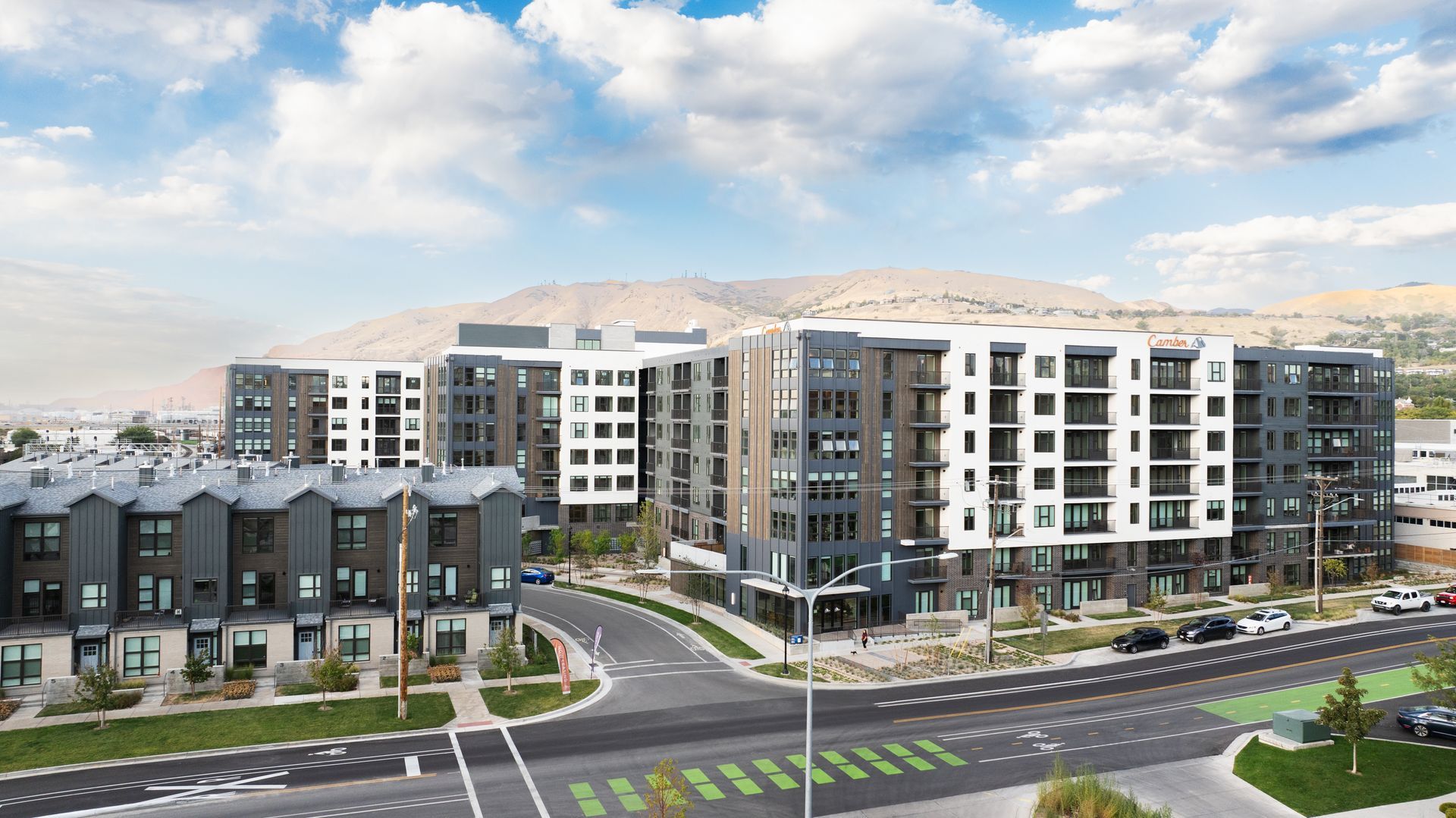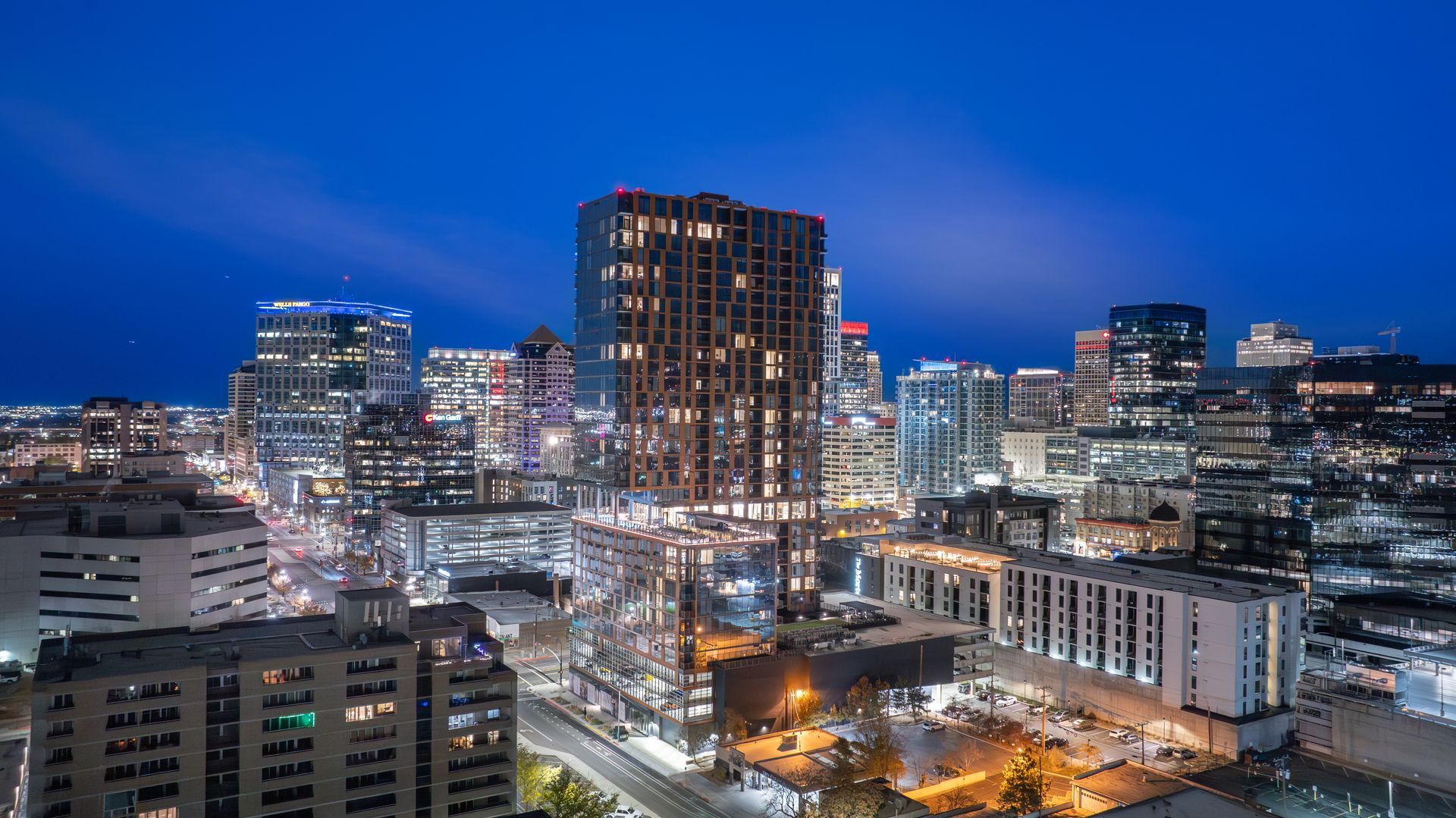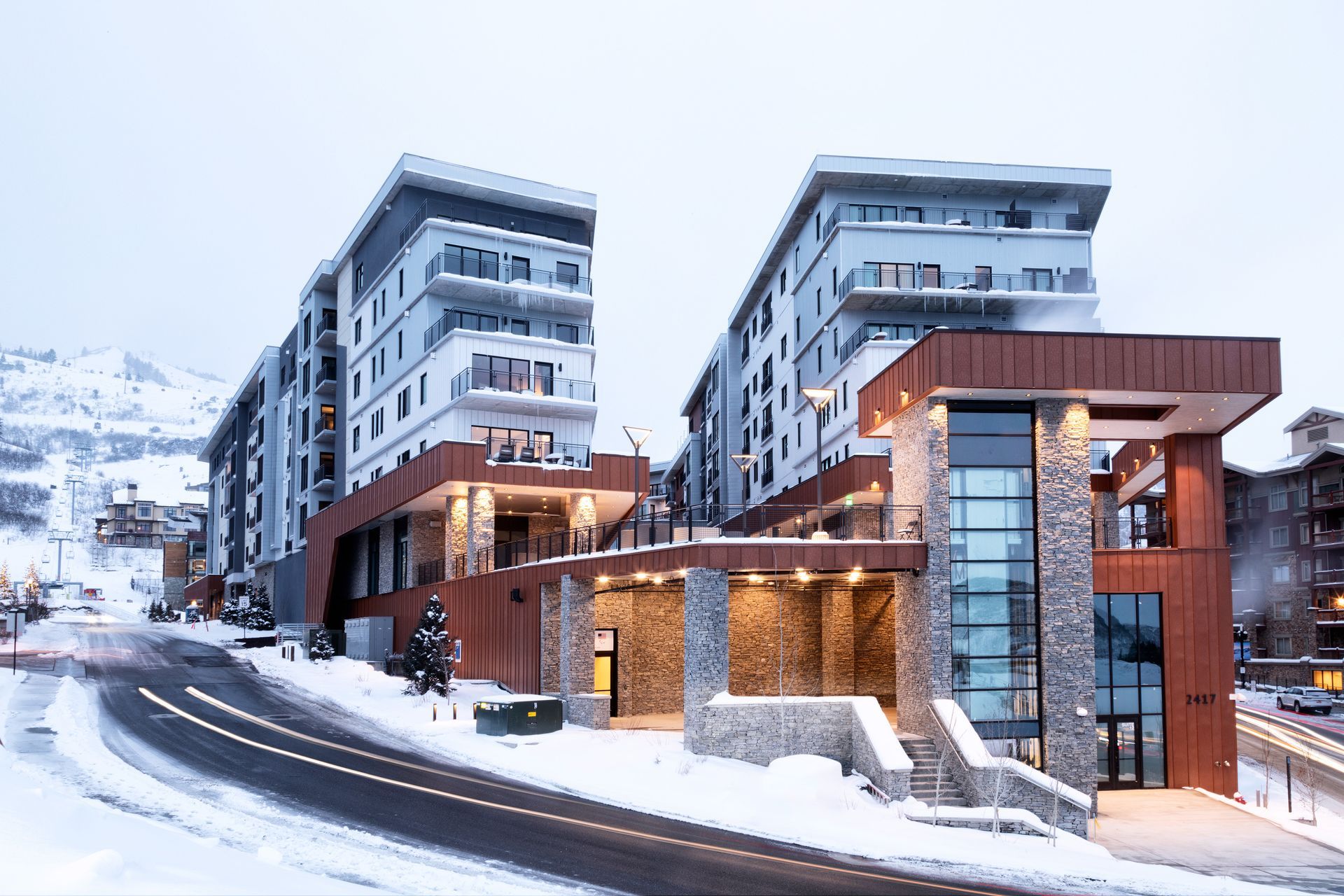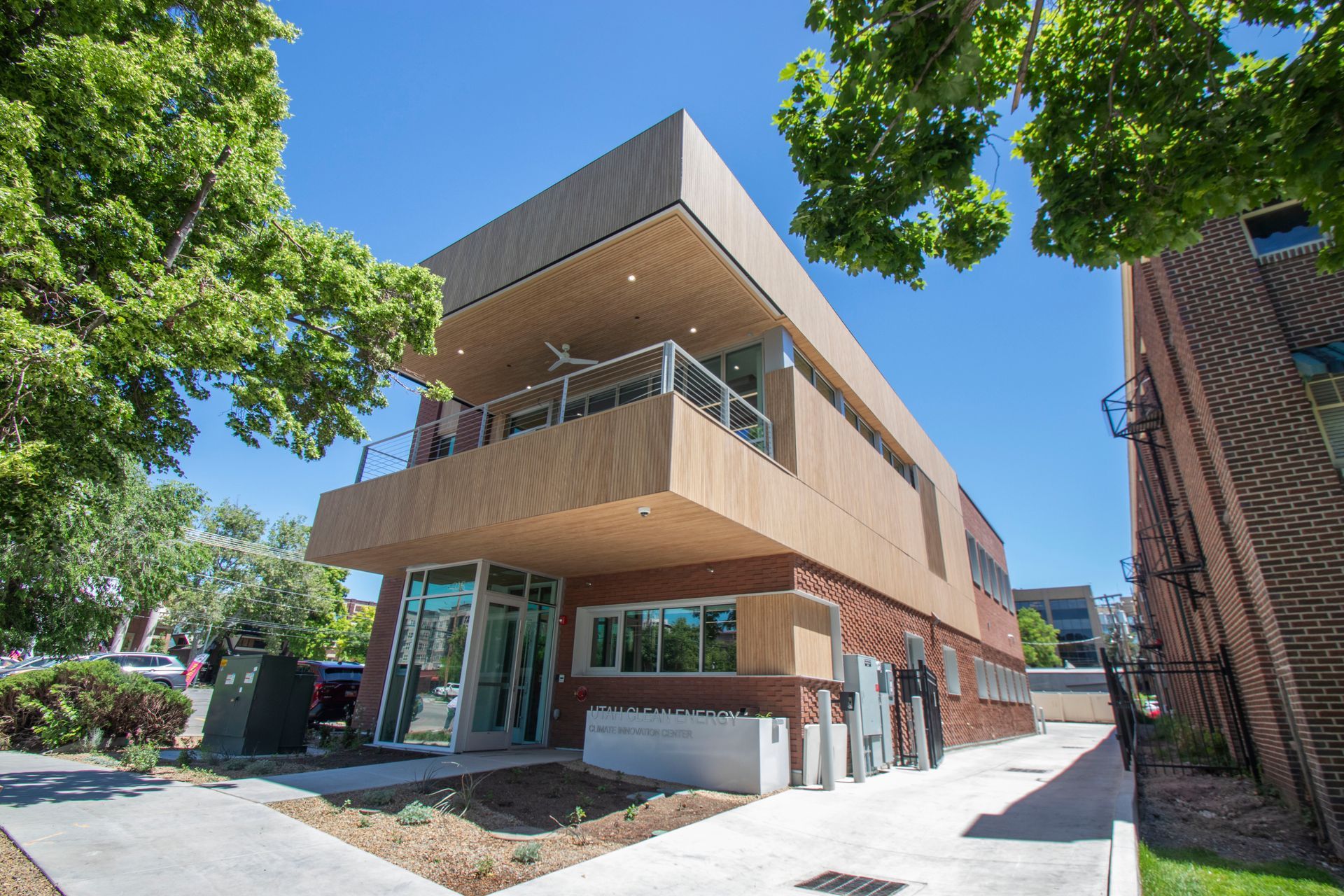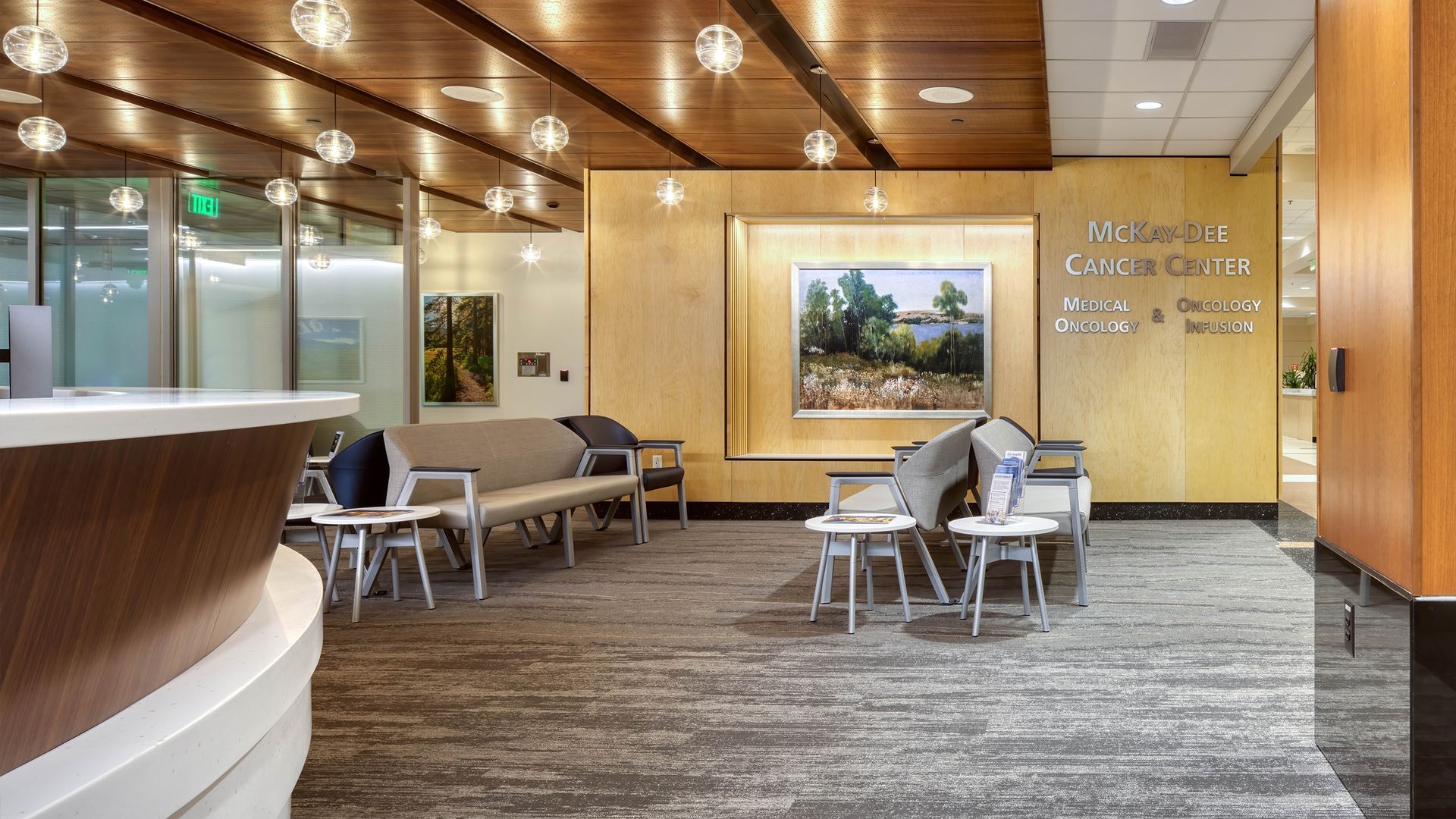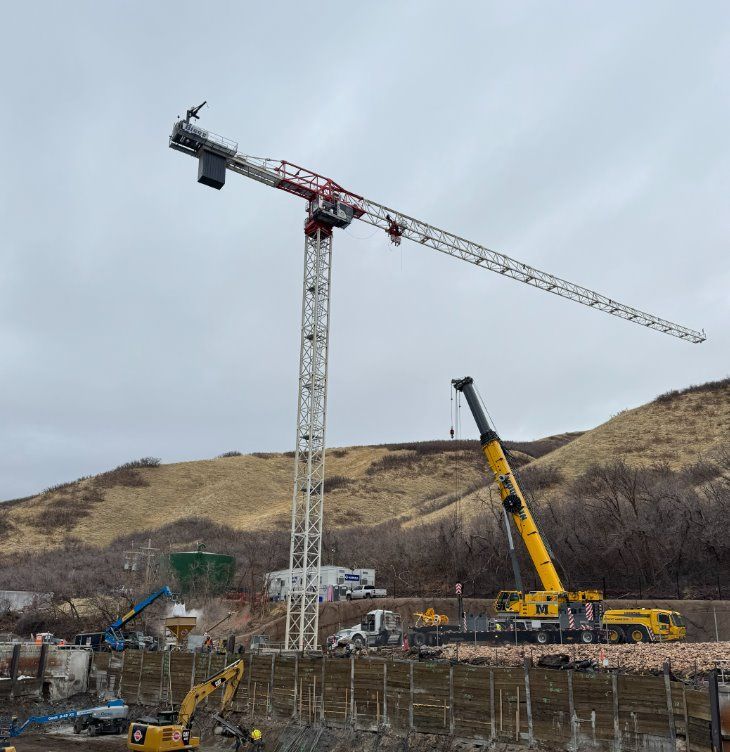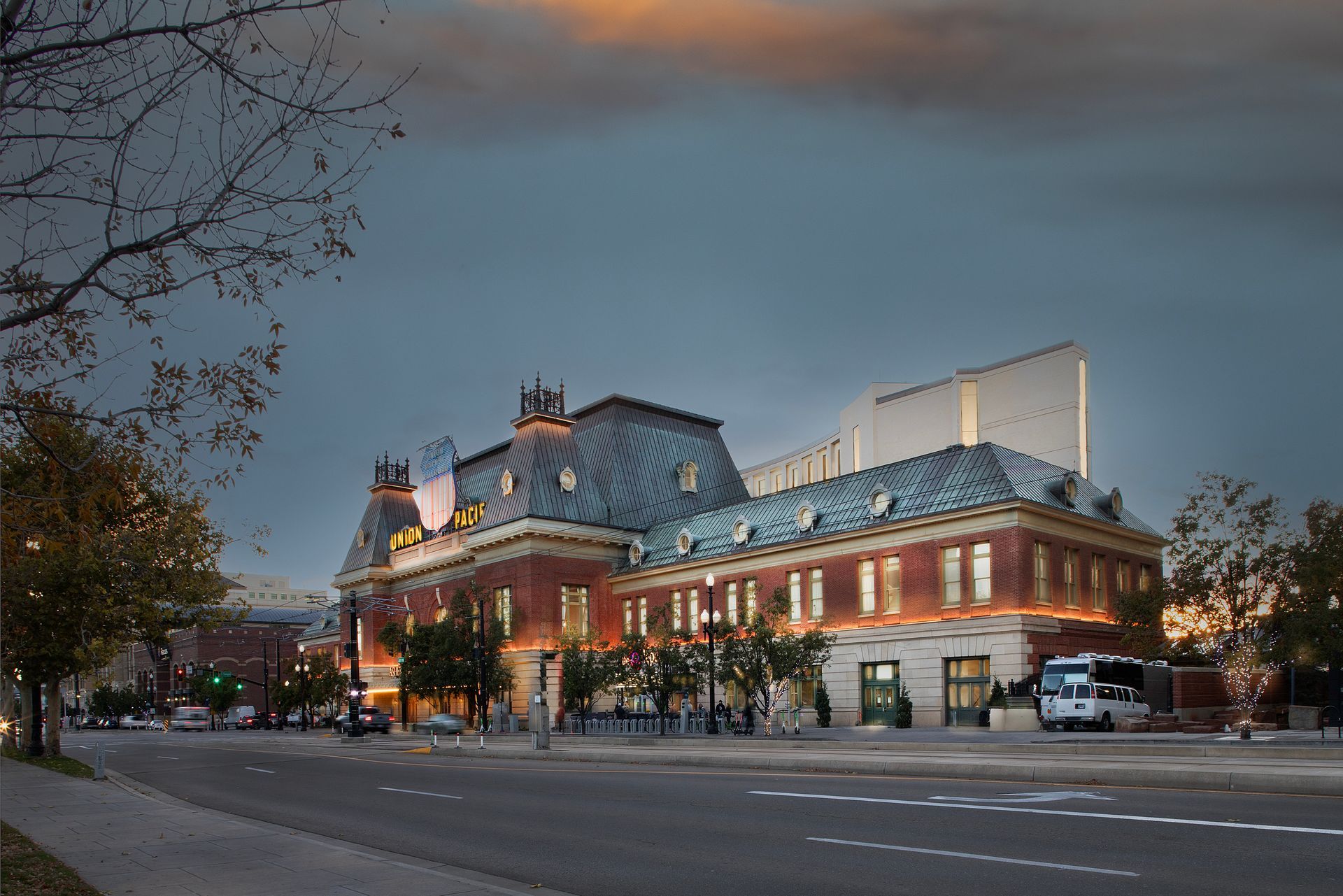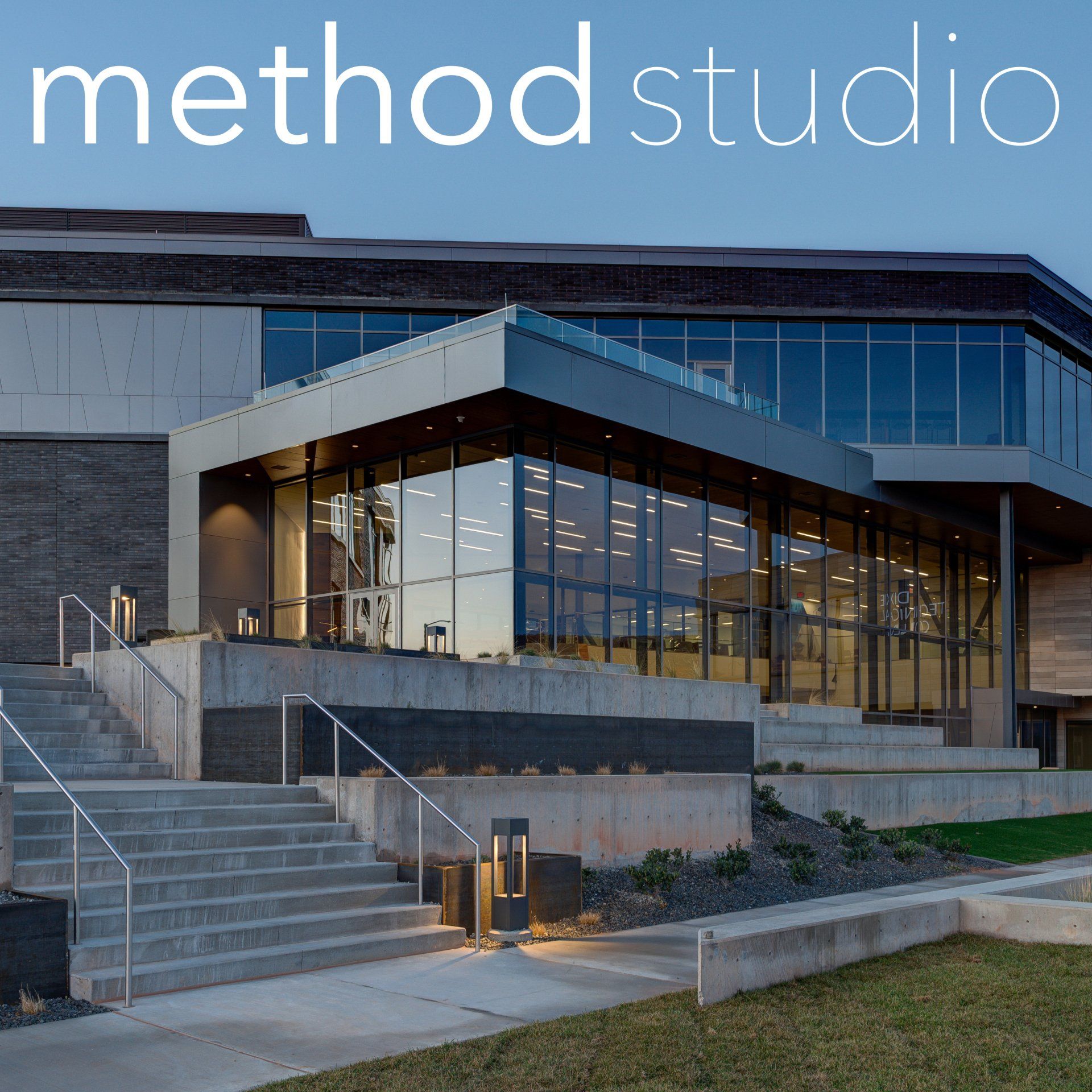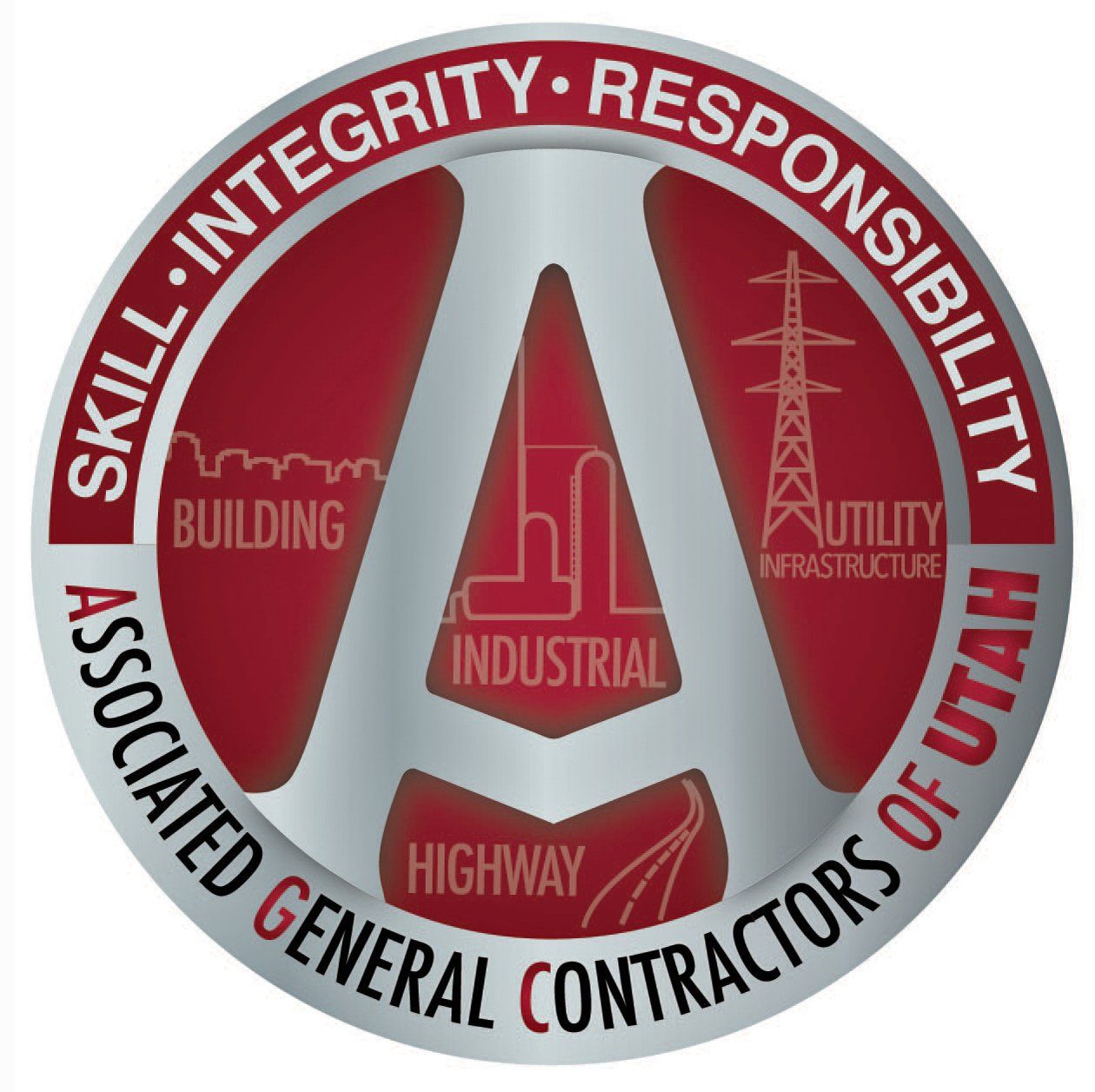Major upgrades to the City Creek Water Treatment Plant will be delivered in 2027—the result of major collaborative efforts incorporating state-of-the-art engineering and construction solutions in the Salt Lake Foothills. By Taylor Larsen
Upgrading from Old to New
Design partnered with Haskell in construction to deliver a treatment facility water users can depend on.
Steve Brenchley, Managing Engineer for Brown and Caldwell, said future solutions needed to juggle current operations with ongoing design and construction to keep taps operable and water flow to residents unimpeded.
“Commissioning the modifications to the existing facility while working to finalize the design for the new treatment plant required an all-hands-on-deck approach,” he said.
One pair of hands came from Brown and Caldwell Design Lead Engineer Adam Jones, who envisioned converting two of the existing four filtration basins to flocculation basins. There, giant paddles rotate to push sediment and other coagulated particles together for easier removal before cleaner water goes toward the next stage of the filtration process.
New construction would need to be integrated, too, evolving as the owner, contractor, and engineer collaborated during value engineering sessions.
Keeping Water Moving
“The [temporary] facility is a bit of a sunk cost,” said Jones. But don’t let the sunk cost fallacy fool you. The team allocated resources to the tune of $5 million to keep a temporary facility operational to save $11 million on the future facility by making it more constructible and shaving months off the construction schedule.
Call it a tribute to the pioneer value of thrift, or call it cost savings, the project team reused materials from the old building and kept temporary facility costs low. John Hamilton, Haskell Sr. Project Manager, said that they reused the flocculators, making them longer to keep the flow moving and particulates out. They also reused piping, basins, and other elements of the existing plant to minimize costs.
The SLCDPU operations team joined in the collaborative effort, striking gold with a brilliant bypass pumping plan that allowed them to run the existing plant as usual while Haskell started up and tested the new system.
“This required extensive collaboration including with the Utah Division of Drinking Water (DDW),” said Brenchley. “The DDW became a key member of our team and worked with us to approve our unique and creative solutions.”
Delivery Method Adds Collaborative Spark
Those on the project team said the delivery method has been critical in moving the three-phase project forward.
“When you work with a team this large you need to be open to new ideas,” said Brenchley. “Our team needed to be open-minded in the midst of tough questions and embrace the best solution regardless of how or where it came from.”
As Haskell came aboard in 2023, their team recommended significant changes to the facility layout, construction schedule optimization, and real-world pricing integration.
Instead of a facility capable of 16 million gallons per day (MGD), the project team looked to the minimum size needed to reach peak demand—selecting a facility capable of 4MGD of direct filtration. The design would work within the existing facility footprint and incorporate plate settlers to significantly reduce the size of the sedimentation basins needed in the treatment process.
Brown and Caldwell completed a three-month pilot study to prove that their advanced filter media design could provide high-quality drinking water at higher filtration rates. The pilot showed superb performance and got the go-ahead from DDW for the high-rate process and the associated cost savings.
Other facility and area features will include:
- Air scour filter wash system to help better clean the filters and provide longer filter run times, with less filter downtime.
- Post-filtration disinfection contact basin to perform more of its required disinfection on the filtered water instead of raw water.
- Dark sky-compliant lighting to reduce the visual impact on the canyon and recreationists.
- Improved seismic, landslide, and flood resilience to eliminate or reduce damage and disruptions during disasters.
- Constant head backwash system to improve resiliency by eliminating the need for the existing backwash tank.
- Stream channel and bank restoration to better manage flash flooding and restore the stream bank.
“This is where collaborative delivery really shined,” said Jeremy McVey, Director for Haskell’s Project Development Water team. “There were so many problems to solve, but with the right people in the room—owner and operators, engineer, and contractor—we overcame all of them.”
Partnering workshops, Hamilton said, had the project team working with the owner and the facilitator to bring up issues and resolve them.
Brenchley said a standing 8 AM daily meeting helped to improve communication between overseeing engineers and the site superintendent.
“It’s not Festivus where we’re just airing our grievances,” he laughed, "but it helps us to communicate better.”
Jones said that going from RFI’s to response is always a challenge in the best of times. “It can feel like we’re talking past each other and missing things,” he said. “So, we talked about certain RFIs that needed to be a phone call.”
Logistical Challenges
Teamwork makes the dream work, but it’s still a dream until plans go into practice.
One challenge comes from the area, namely City Creek Canyon’s active recreation site in the Salt Lake foothills. Haskell planned to build on weekdays and keep recreation open on weekends and holidays. McVey said the public engagement team has worked diligently to keep the public aware of what’s going on up the road, restricting access to the site on weekdays so thousands of concrete and delivery truck journeys could go unimpeded.
Keeping the nature-loving public safe was one part, but what about the 100 craft workers on site? Haskell created a plan to provide workers with lunch each day to minimize travel. To prepare for quick evacuation in the event of an accident or wildfire that could block access to the road, McVey said the Haskell team is in constant collaboration with the Sheriff’s Office and EMS providers to ensure a helicopter is on stand-by whenever workers are on site. Other work with the city has continued to meet permitting requirements, coordinating police and fire department, public engagement, and traffic control planning on Bonneville Blvd.
Going above and beyond to strategize and implement the schedule is a continuous team effort, according to McVey. It starts with constant monitoring and adjusting to the dewatering system in place—no small feat when considering the massive watershed. Staging and transportation planning, snow plowing, and more have been critical, too. All of it has gone to move past the first phase of getting the temporary facility up and running and decommissioning the old facility.
Compliance and Funding
Another key feature of this project is funding through a FEMA-funded Building Resilient Infrastructure and Communities (BRIC) Grant that aligned with the Buy American Build American Act passed in late 2021. That gave the project $36 million for the second phase to demolish, shore, erect a tower crane, and perform structural excavation.
Haskell has delivered a plan for the city to remain fully compliant with federal funding provisions. Federally mandated wages are a boon to workers, and the logistics of complying with job classification requirements and procuring domestic materials and products to meet the 36-month construction deadline have the Haskell team in their problem-solving element.
McVey noted that construction is still in the early stages but greatly assisted by project phasing.
“[Phasing] allowed the construction team to move forward while the final design progressed,” he said. Phase 2, McVey continued, is in the final stages and should be wrapped up in February 2025 before the final phase, the BRIC Balance of Plant, finishes the remaining work.
New Facility Emerges
The new facility is designed to be a disaster-hardened operation capable of an immediate return to service in the event of a 2,475-year earthquake, 100-year wind event, or 500-year flood event—one designed to stay operational for the next half century and minimize imposed risks.
Design, construction, and engagement have been a team effort where everyone rowed their metaphorical flocculation paddles in the same direction.
The new project is currently under excavation to be 10 feet deeper than it was previously to be a best-in-class gravity-fed plant that McVey said will use modern equipment and processes to deliver operational savings through improved energy and chemical efficiencies.
The new flocculation basins, sedimentation basins, and filtering operations will move inside a single building to provide a more operator-friendly facility whose resiliency will keep it operational in the face of significant flooding, windstorms, and earthquakes when construction finishes in 2027.
It’s hard to say what those early pioneers would think of all this work going on three miles up City Creek Canyon. But it’s easy to envision their joy seeing the same collaborative spirit and forward-thinking legacy in design and construction extend nearly 180 years since their work began.
